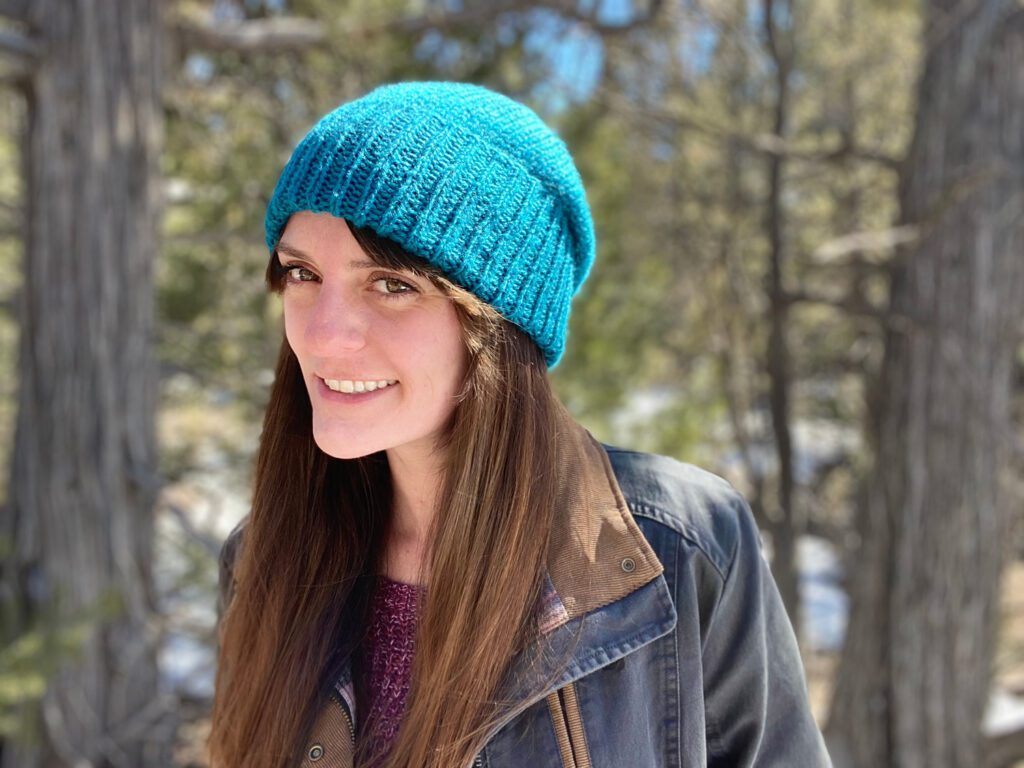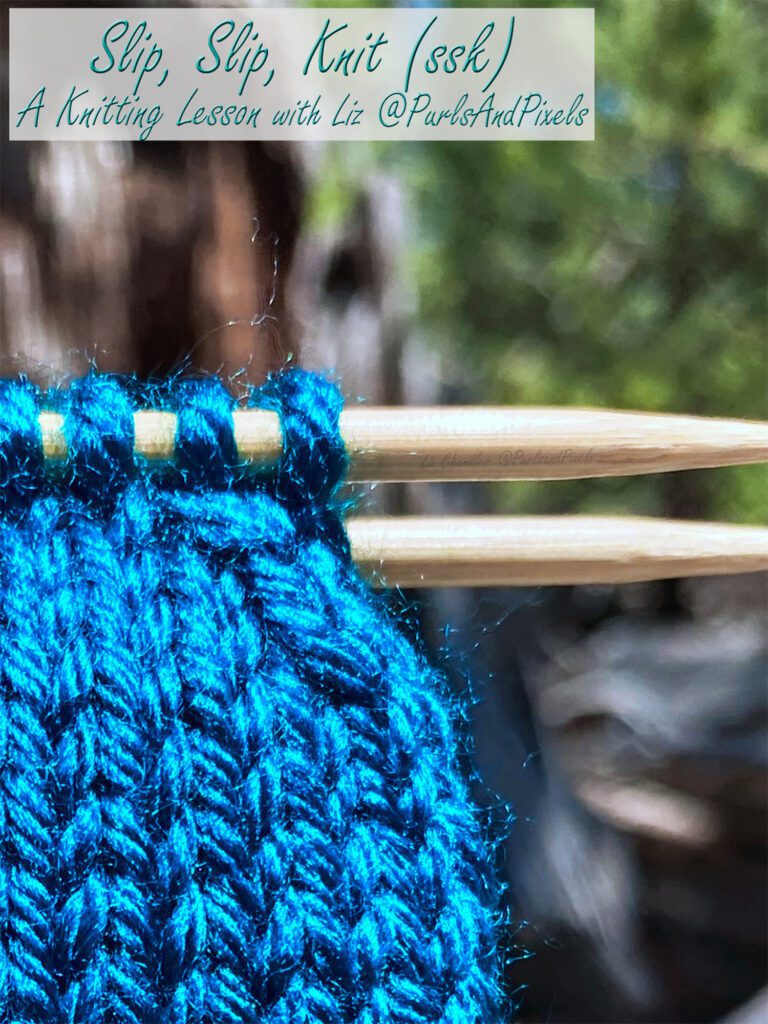

Increases add live stitches to your knitted rows. This is useful in shaping knitwear. Gloves and mittens, for example, use increases to shape around the base of the thumb. Adding increases along one edge of a knit tube creates a set of stitches that make room for the thumb; this is commonly referred to as a “gusset.”
The “make one” increases are often used to add stitches to rows. You can create a new live stitch by picking up the strand of yarn between two stitches and working into it. This will expand your work and make it wider.
When increasing with a “make one” your new stitch will lean either to the left or to the right, depending on how you add the stitch. The “make one left (M1L)” increase leans toward the left. The “make one right (M1R)” increase leans toward the right. If your pattern does not specify left or right, and only uses the abbreviation M1, it is usually best to assume the author means “make one left” or “M1L.”
Below you will find both video and written guides to help you learn how to knit make one increases.
Video Guide: How to Knit Increases
Written Guides: How to Knit Increases

Make One Left (M1L):
Click here to be directed to the step-by-step written guide to the “make one left” (M1L) increase.

Make One Right (M1R):
Click here to be directed to the step-by-step written guide to the “make one right” (M1R) increase.
Practice With My Knitting Patterns
Ready to try it?

Try knitting Simple Fingerless Gloves, which use increases to shape the thumb opening.

In my pattern for Basic Knit Mittens you will also use increases to make the thumb gussets.

Up Next

Once you have shaped the thumb opening of a glove or mitten, you will usually be instructed to slip the thumb stitches onto a stitch holder. In the next lesson I will show you how.




















































































